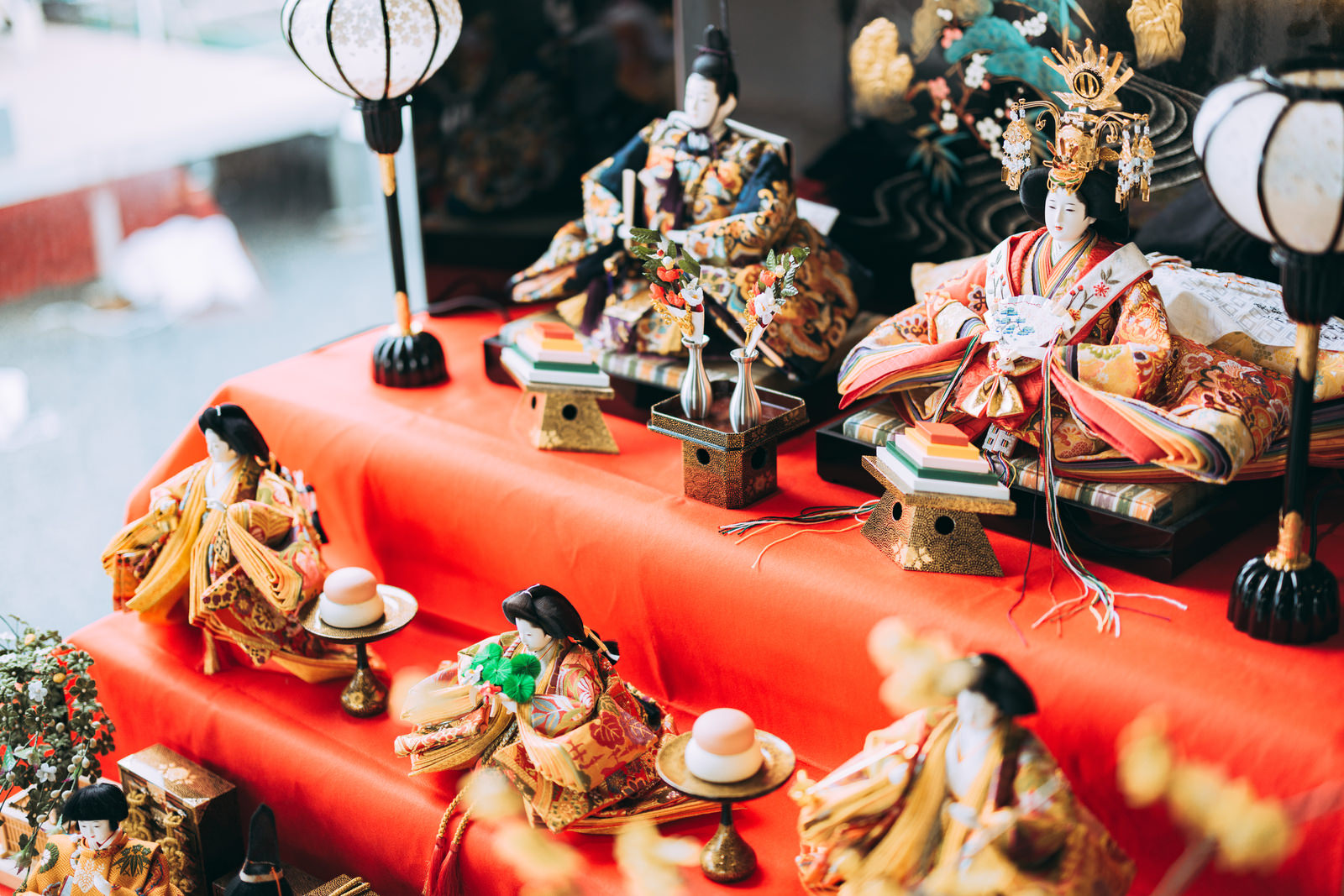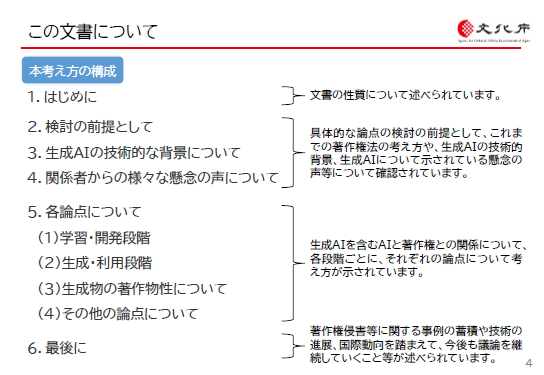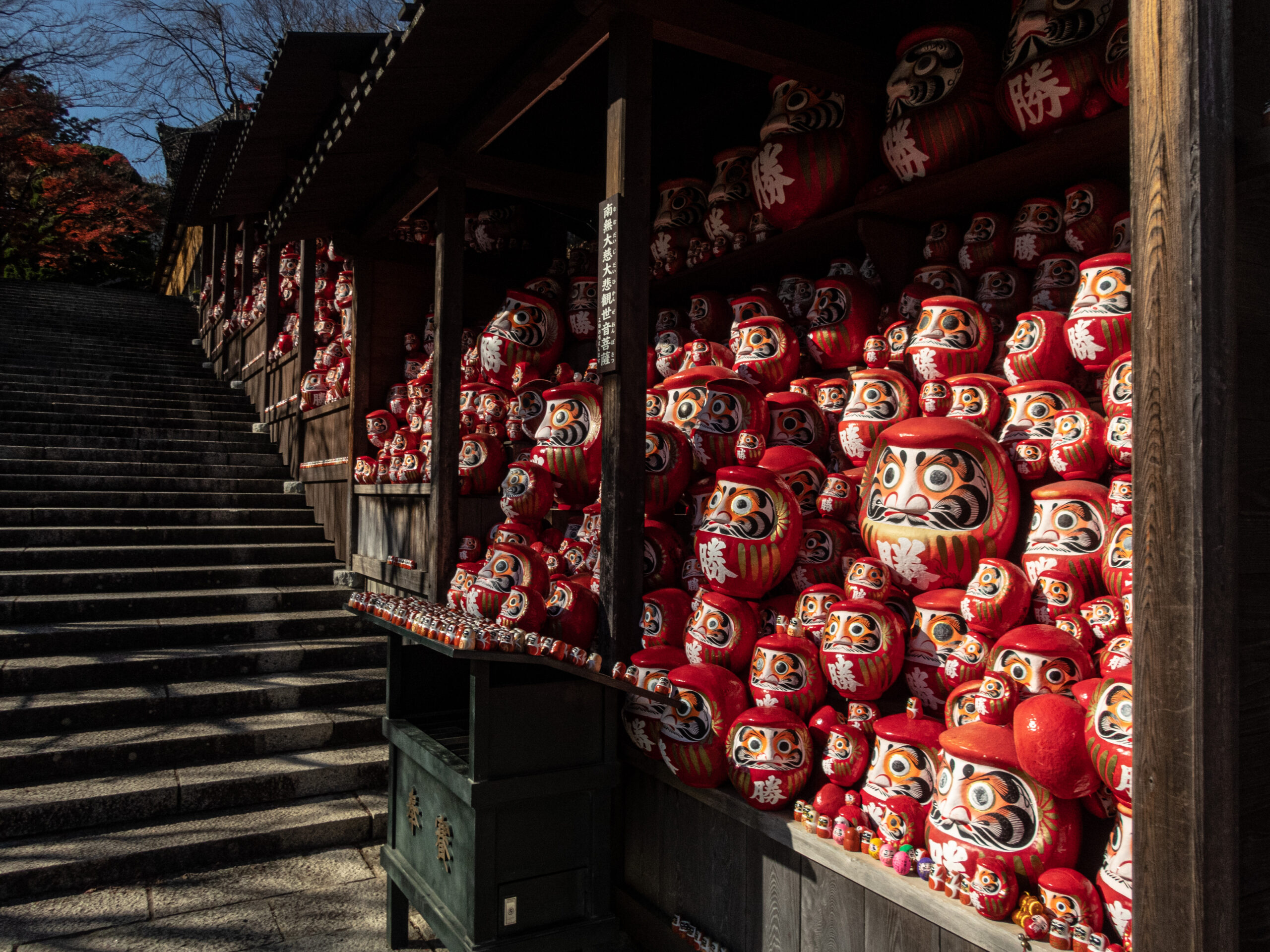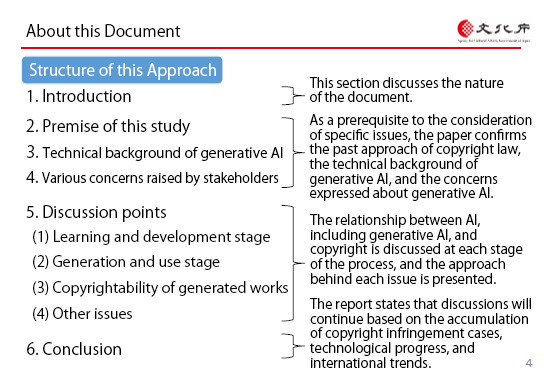목차
3월호 【법무】 뉴스레터

새로운 보호대상에 대한 디자인등록출원 동향
2월 8일에 특허청 HP에 개정 의장법(영화 2년 4월 1일 시행)에 근거하는 새로운 보호 대상에 대해서 출원 동향이 공표되었으므로, 당 뉴스레터에서도 오랜만에 게재한다. 이에 따르면, 새로운 보호대상이 된 「이미지」, 「건축물」, 「내장」의 의장, 또, 관련 의장 제도의 확충에 의해 본 의장의 의장 공보 발행 후(기초 의장의 출원으로부터 10년을 경과하는 날 전까지)의 관련 의장의 출원 건수는 이하와 같다(헤이그는 제외한다).
전회의 「새로운 보호 대상에 대한 의장 등록 출원 동향」의 기사는, 2023년의 5월호였으므로, 이번 기사는 10개월 만이 되지만, 특허청 HP에 의하면, 이러한 의장의 출원 상황에 대해서는, 많은 기업 등으로부터 높은 관심이 나타나고 있다는 것으로, 당소의 뉴스레터에 있어서도, 계속 게재해 가고 싶다.
새로운 보호 대상에 대한 디자인 등록 신청 건수
( )안의 숫자는 10개월로 증가한 건수)
|
|
画像 |
건축물 |
인테리어 |
|
디자인등록출원건수 |
5,352 (1,246) |
1,469 (399) |
979 (203) |
(영화 6년 2월 1일 시점에서 취득 가능한 것만) (특허청 HP에서)
새로운 보호 대상에 대한 등록 건수
( )안의 숫자는 10개월로 증가한 건수)
|
|
画像 |
건축물 |
인테리어 |
|
등록 건수 |
3,652 년 (1,302) |
1,008 (317) |
641 (209) |
(영화 6년 2월 1일 시점에서 취득 가능한 것만) (특허청 HP에서)
상기 1. 의 디자인 등록 출원 건수에는 현재 심사 중인 것도 포함되어 있으며, 상기 등록 건수/상기 디자인 등록 출원 건수가 등록률이 되는 것은 아닙니다.
관련 의장에 대한 의장 등록 출원 건수
( )안의 숫자는 10개월로 증가한 건수)(특허청 HP에서)
|
본 의장의 공보 발행 전의 출원 |
12,613 (2,819) |
|
본 의장의 공보 발행 후의 출원 |
3,102 년 (713) |
(영화 6년 2월 1일 시점에서 취득 가능한 것만/본 의장의 공보 발행 전의 출원에 대해서는, 2년 4월 이후의 출원을 계상.)
콘센트 제도의 도입에 수반하는 상표 심사 기준의 개정에 대해서 속보
2024년 2월 6일, 산업구조심의회 지적재산분과회 상표제도소위원회, 제36회 상표심사기준 워킹그룹에서 퍼블릭 코멘트의 결과에 근거한 상표심사기준 개정안이 제시되어 심의 그 결과, 개정안에 기초하여 개정하는 것이 승낙되었다.
향후, 청내의 소정의 수속을 거친 후, 「상표 심사 기준」의 개정이 행해져, 6년 4월 1일부터 적용된다.
본 개정안에서는 개정상표법으로 도입되는 콘센트제도(신설:상표법 제4조제4항)에 따라 등록이 인정되기 위한 요건에 대해서 구체적으로 밝혀졌다. 상표실무에 직접 영향을 주므로 가게에게 소개한다.
※2024년 2월 6일 시점에 있어서의 정보를 기초로 작성하고 있습니다. 실제로 시작되는 운영은 다를 수 있습니다.
제4조 제4항(선원에 관련된 타인의 등록 상표의 예외)
적용요건과 판단시기
|
요구 사항 |
판단시기 |
|
A. 타인의 승낙 |
평가시 |
|
B.혼동을 일으킬 우려가 없다. |
평가시 + 미래에 걸쳐 |
「B.혼동을 일으킬 우려가 없다」에 해당하는지 여부의 고려사유
아래의 ①에서 ⑧과 같은 양상표에 관한 구체적인 사정을 종합적으로 고려하여 판단된다. 또한, 인용 상표와 동일한 상표이며, 동일한 지정 상품 또는 지정 서비스에 대해 사용하는 것은 원칙적으로 혼동을 일으킬 우려가 높은 것으로 판단된다.
① 양 상표의 유사성 정도
② 상표의 주지도
③ 상표가 조어로 되는 것인가, 또는 구성상 현저한 특징을 가지는 것인가
④ 상표가 하우스마크인가
⑤ 기업에서의 다각 경영 가능성
⑥ 상품간, 서비스간 또는 상품과 서비스간의 관련성
⑦ 상품 등의 수요자의 공통성
⑧ 상표의 사용 형태 그 외 거래의 실정
≫≫≫「⑧ 상표의 사용 형태 그 외 거래의 실정」의 구체예
a. 사용할 상표 구성
(예) 도형과 문자를 항상 같은 위치 관계로 사용하고 있는 것, 항상 특정의 색이나 서체를 사용하고 있는 것
b. 상표 사용 방법
(예) 상품의 포장의 특정의 위치에만 사용하고 있는 것, 항상 사명·사장 등의 다른 표장을 병용하고 있는 것, 항상 타소 표시(특정 타자의 업무에 관련된 상품 등임을 부정하는 표시)를 부가하고있는 것
c. 사용하는 상품 등
(예) 같은 「컴퓨터 프로그램」에서도 출원인과 선행 상표권자로 분명히 업종이 다른 것(게임용과 의료용), 가격대가 다른 것.
d. 판매·제공 방법
(예) 한쪽은 소매점 등에서 불특정 다수에 판매하고, 다른 쪽은 개별 영업에 의한 수주 생산만을 실시하고 있는 것
e. 판매·제공 시기
(예) 하나는 춘계 만 판매하고 다른 하나는 가을 만 판매하고 있습니다.
f. 판매·제공지역
(예) 한쪽은 홋카이도의 점포에서만 판매하고 다른 하나는 오키나와 현의 점포에서만 판매하고있는 것
g. 혼동을 방지하기 위해 당사자들 사이에서 취한 조치
(예) 양상표에 혼동을 일으킬 우려를 인정했을 때는, 상대방에게 그 취지를 통지해, 협의상, 혼동의 방지 또는 해소를 위한 조치를 취하는 것
[참조]
https://www.jpo.go.jp/resources/shingikai/sangyo-kouzou/shousai/shohyo_wg/36-gijiyoushi.html
문화청 “AI와 저작권에 관한 사고방식에 대해서(초안)”에 관한 의견 모집의 실시
지난달호에서도 소개한 대로, 문화청은, 2001년 1월 23일~동 2월 12일 사이, 「AI와 저작권에 관한 사고방식에 대해서(초안)」에 관한 의견 모집을 실시했다.
저작물에 표현된 사상 또는 감정의 향수를 목적으로 하지 않는(비향수목적) 행위에 대해서는 저작권법이 보호하고자 하는 저작권자의 이익을 통상 해하는 것은 아니라고 생각되며 유연한 권리제한 규정의 정비에 있어서 널리 권리제한의 대상이 되었다(30조의4). 한편, 생성 AI에 대해서는, AI개발을 위한 학습에는 어느 범위에서 저작물을 이용할 수 있는지, AI생성물에 의한 저작권 침해가 생기는 것이 아닌가, 라고 하는 우려의 목소리가 높아지고 있다.
초안은, AI와 저작권의 관계를 직접적으로 취급한 판례 등이 아직 부족한 현황을 근거로, AI와 저작권법과의 관계에 대해, 문화 심의회 저작권 분과회법 제도 소위원회로서의 현시점에 있어서 사고방식을 정리한 것이며, 이하의 항목으로 나누어져 있다.

이번 의견 모집에 대해 각종 단체나 그룹으로부터 다양한 의견이 제출되었다. 의견을 제출한 일본신문협회나 일본음악저작권협회(JASRAC)는 현행 저작권법에 관해서 종래보다 밟은 해석을 밝힌 점 등을 일정 평가하는 한편 해석만으로는 권리보호를 도모함 는 한계가 있다고 입법론을 포함한 본격적인 검토를 서두르도록 요구했다.
문화청은 의견모집을 거쳐 올해도 안에 내용을 확정하는 것을 목표로 하고 있다.
참고 URL :
https://www.bunka.go.jp/shinsei_boshu/public_comment/93997301.html
https://www.pressnet.or.jp/news/headline/240209_15318.html
https://www.jasrac.or.jp/release/24/02_3.html
Newsletter translated into English

Trends in Design Registration Applications for New Subjects of Protection
On February 8, the JPO published a report on application trends for new protected designs under the revised Design Law (enforced on April 1, 2020) on its website. According to this report, the number of applications for “graphic images,” “buildings ” and “interior” designs, which are newly protected, and the number of applications for related designs after the publication of the design gazette (before the expiration of 10 years from the filing of the basic design) due to the expansion of the related design system are as follows (excluding The Hague).
Since our last article on “Trends in Design Registration Applications for New Subjects of Protection” appeared in our newsletter of May 2023, this article is the first on this matter after 10 months. According to the JPO website, many companies and others high level of interest in the status of applications for these designs, and we will continue to publish related articles in our newsletters.
Number of applications for design registration for new subjects of protection
(Numbers in parentheses indicate the number of applications that increased in the past 10 months)
|
|
그래픽 이미지 |
건물 |
내부 |
|
Number of applications for design registration |
5,352 (1,246) |
1,469 (399) |
979 (203) |
(Only those available as of February 1, 2024) (source: JPO website)
Number of registrations for new subjects of protection
(Numbers in parentheses indicate the number of applications that increased in the past 10 months)
|
|
그래픽 이미지 |
건물 |
내부 |
|
등록 건수 |
3,652 (1,302) |
1,008 (317) |
641 (209) |
(Only those available as of February 1, 2024) (source; JPO website)
The numbers of applications for design registration in 1. above includes those currently under examination. Therefore, the number or design registrations divided by the number of applications for design registration does not result in the registration rate.
Number of design registration applications for related designs
(Figures in parentheses indicate the number of applications that increased in 10 months) (source: JPO website)
|
Applications filed prior to publication of the principle design in the Gazette |
12,613 (2,819) |
|
Applications filed after publication of the principle design in the Gazette |
3,102 년 (713) |
(Only those available as of February 1, 2006 / For applications filed before the publication of the principle design gazette, applications filed in April 2020 or later are counted.)
Revision of Trademark Examination Guidelines with the Introduction of the Consent System – Follow-up Report
On February 6, 2024, at the 36th meeting of the Working Group on Trademark Examination Standards, Subcommittee on Trademark System, Intellectual Property Committee of the Industrial Structure Council, a draft revision of the Trademark Examination Standards based on the results , and after deliberation, it was agreed to revise the standards based on the draft revision.
Following the completion of the prescribed procedures at the Office the “Trademark Examination Guidelines” will be revised and come into effect on April 1, 2024.
The draft revision clarifies in detail the requirements for registration under the Consent System (newly established: Article 4(4) of the Trademark Law) to be introduced under the revised Trademark Law. Since it has a direct impact on trademark practice, we introduce it hereafter.
*This article is based on information as of February 6, 2024. Please note that the actual operation to be initiated may be different.
Article 4(4) (Exception for registered trademarks of others pertaining to prior applications)
Applicability requirements and timing of determination
|
요구조건 니즈 |
Time of decision |
|
A. Consent of another person |
at the time of examiner's decision |
|
B. No likelihood of confusion |
at time of examiner's decision + in the future |
Reasons to consider whether or not the trademark falls under “B. No likelihood of confusion”
The judgment will be made by comprehensively taking into consideration the specific circumstances of the two trademarks as described in (i) through (viii) below. In principle, a trademark that is identical to a cited trademark and that is used in connection with designated goods or designated services is considered to have a high likelihood if confusion.
(i) Degree of similarity between the two trademarks
(ii) Degree to which the trademark is well-known
(iii) Whether the trademark consists of a coined word or has a distinctive feature in its structure
(iv) Whether the trademark is a house mark
(v) The likelihood of diversified management in the company
(vi) Relationship between goods, between services, or between goods and services
(vii) Commonality of consumers of the goods, etc.
(viii) The manner in which the trademark is used and other actual conditions of transactions.
≫≫≫Specific examples of “(viii) the manner in which the trademark is used and other actual conditions of transactions”
a. Structure of the trademark to be used
(Example) Always using figurative elements and letters in the same positional relationship; always using a specific color or typeface.
b. How the trademark is used
(Example) Use of the trademark only in a specific position on the packaging of the goods; use of the trademark in combination with other marks such as company name, company emblem, etc.; use of a strike-through indication (an indication denying that the goods, etc. are connected to the business of a specific other person).
c. Goods, etc. used
(Example) The same “computer program” but the applicant and the prior holder of the trademark are clearly in different industries (eg, for games and for medical use), or in different price ranges.
d. Method of sale/provision
(Example) One sells to an unspecified number of people through retail stores, etc., while the other is only carries out made-to-order through individual sales.
e. Season of sale/provision
(Example) One sells only in the spring season, while the other sells only in the fall season.
f. Region of sale/supply
(Example) One sells only at stores in Hokkaido, while the other sells only at stores in Okinawa Prefecture.
g. Measures taken by the parties to prevent confusion
(Example) If a likelihood of confusion between the two trademarks is recognized, the other party is notified to that effect and, upon consultation, measures are taken to prevent or eliminate the confusion.
[See also]
https://www.jpo.go.jp/resources/shingikai/sangyo-kouzou/shousai/shohyo_wg/36-gijiyoushi.html
Agency for Cultural Affairs Invites Opinions on “Approach to AI and Copyright (Draft)”
As mentioned in last month's issue, the Agency for Cultural Affairs solicited opinions from January 23 to February 12, 2024, on its ” Approach to AI and Copyright (Draft)”.
It is considered that acts not for the purpose of enjoyment of thoughts or feelings expressed in a work (non-enjoyment purposes) do not usually harm the interests of copyright holders, which the Copyright Act is intended to prowict. to be subject to restriction of rights (Article 30(4)) when flexible restriction of rights is established. On the other hand, concerns have been raised about generative AI, such as to what extent copyrighted works can be used for learning in de of AI, and whether AI products may infringe copyrights.
In light of the current lack of precedents directly dealing with the relationship between AI and copyright, the draft outlines the current approach of the Subcommittee on Legal System of the Copyright Committee of the Council for Cultural Affairs on the relationship between AI and copyright is divided into the following items.

Various organizations and groups submitted a variety of opinions in response to this call for comments. The Japan Newspaper Publishers and Editors Association and the Japanese Society for Rights of Authors, Composers and Publishers (JASRAC), which submitted opinions, gave a certain amou for clarifying a more in-depth interpretation of the current Copyright Act than in the past, but also stated that interpretation alone has limitations in protecting rights and urged an urgent full-scale study, including legislative discussions.
The Agency for Cultural Affairs aims to finalize the content by the end of this year after soliciting opinions.
참조 URL:
https://www.bunka.go.jp/shinsei_boshu/public_comment/93997301.html
https://www.pressnet.or.jp/news/headline/240209_15318.html
https://www.jasrac.or.jp/release/24/02_3.html
